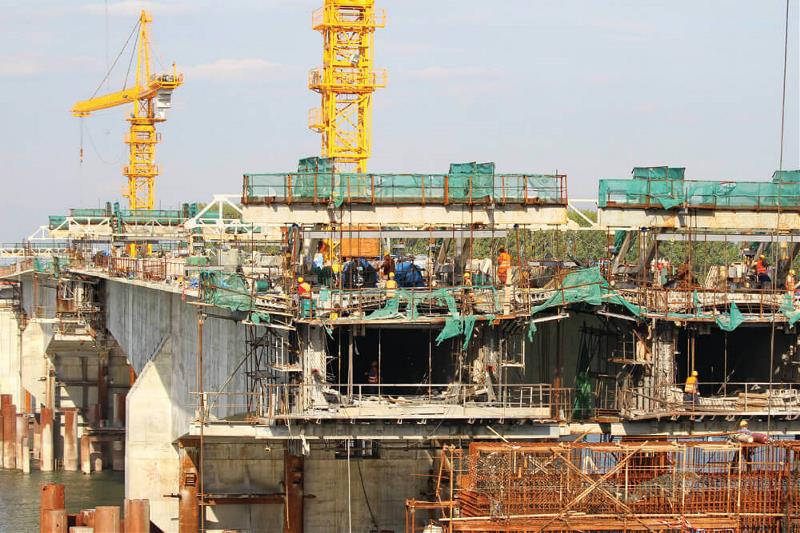Editorial: Regional Impact of Transportation Funding Decisions
By
Mary Beth Coya

Northern Virginia business leaders last month sounded an important alarm about the need for more regional cooperation when deciding how best to use the limited funds available to move needed transportation projects forward.
The years-long battle persuading the General Assembly to commit the money needed to break the commonwealth’s key economic engine free from gridlock could be undermined if the region’s leaders look to hoard available funding for their own pet projects rather than funnel the resources to work that will have the greatest impact.
The warning by the Northern Virginia Transportation Coalition, which includes representation from the Loudoun County Chamber of Commerce and other business and development organizations, comes after a year of wrestling by regional leaders over the policies to govern use of the money.
It also comes just weeks before the first list of proposed improvements is slated for approval. That includes 26 projects totaling $138 million—including nearly $22 million for three Loudoun priorities—all funded by the first-year collections of regionally allocated transportation revenue. That work will have a significant impact.
Among the areas where the transportation debate continues is over how to ensure localities appropriately use the transportation funding—30 percent of the total regional revenues—that is returned to their sole control, and how to balance investments among highway and transit priorities. Absent responsible actions on the part of local governments, members of the General Assembly will be only too happy to impose additional restrictions on how the money can be used. Several such bills are wending through Capitol Square this session.
However, the new business coalition also raises an even more important issue: Who will advocate funding for politically unrewarding, but regionally critical projects? Who will press for a new Potomac River crossing? Or to convert collector roads lined by neighborhoods to limited access highways to increase capacity on existing pavement? Or create a regional bus network that operates more efficiently than those under local control?
After years of neglect by state leaders, the region’s list of transportation projects that meet the justification criteria for funding may seem endless. However, that does not excuse regional leaders from the responsibility to ensure the money—both that allocated regionally and that under local control—is used to have the greatest positive impact possible.
Parochialism may be inherent in politics, but in this case it represents the greatest threat to the success of a critical partnership. No Northern Virginia locality will solve gridlock on its own, but without true cooperation no regional approach will succeed either.
POSITIVE STEPS FOR REGION, BUT CHALLENGES REMAIN
For many years, NVAR, as part of a business coalition, lobbied in Richmond for additional state transportation funding. In 2013, those efforts culminated in successful legislation. The group has now turned its attention to how the money should be allocated. Coalition members urge authorities to fund projects that will move the greatest number of people, and which best reduce congestion and transit time.
Future decisions must be made with the goal of creating a strong, efficient regional transportation network. State legislation has mandated that the Virginia Department of Transportation prioritize projects based on specified criteria. NVAR and other organizations will continue to work with state and local officials to keep the focus on road and transit projects that are critical to the economic success of the entire region. It has taken many years to achieve these results, and we cannot succumb to parochialism that squanders the success that has occurred.
Mary Beth Coya is the NVAR senior vice president for public & government affairs